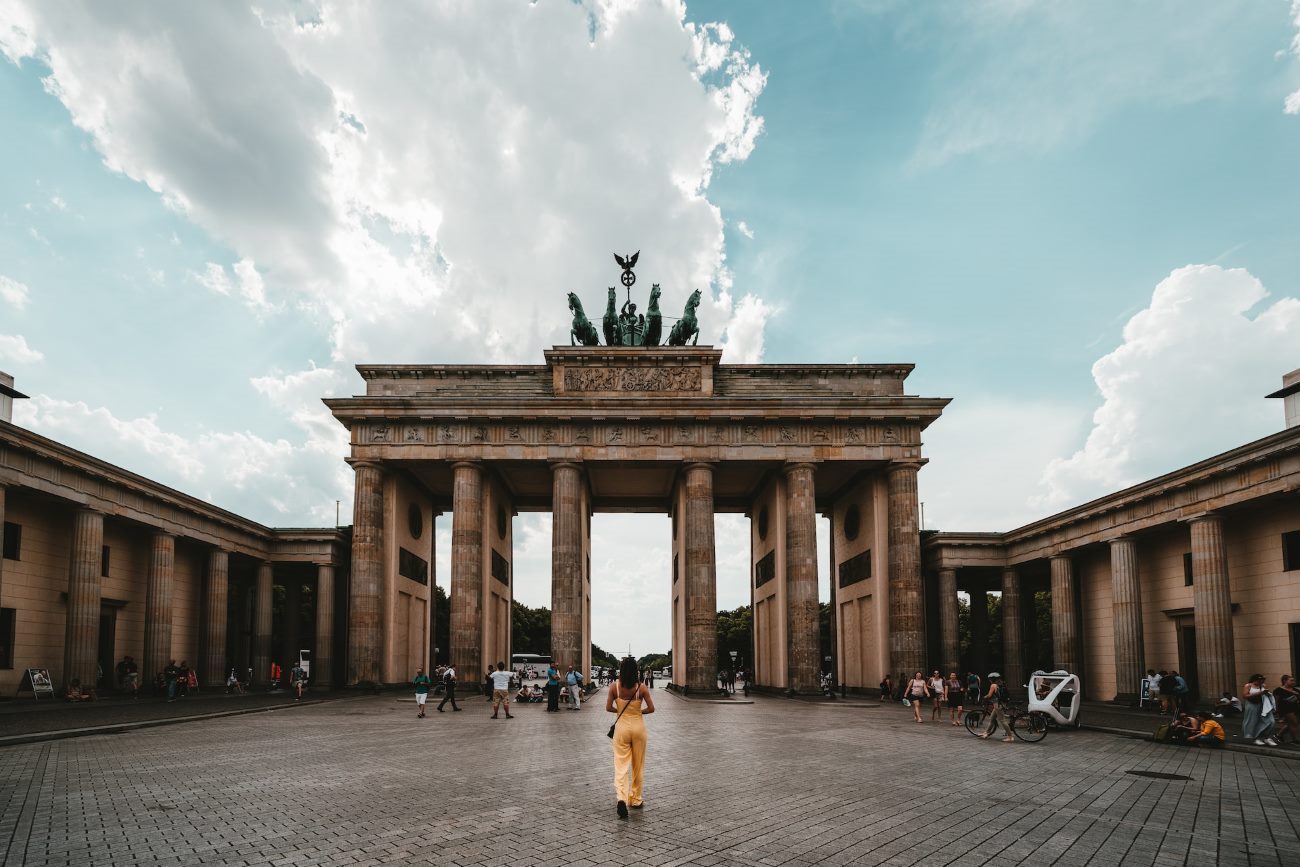Exploring London: Navigating the City with Tube Stations
Introduction
Bienvenue dans la grand centre de la ville london! If you’re going on a visit to this lively city then first comprehend from the map of London streets as to know about the meaning of the Tube Stations. London’s Underground, more kindly known as the Tube is the cities very lifeblood, a fast and achieving means of traveling aroung its countless sights. In this blog post we goes walk through on how to travel within the city using the Tube stations and making your move about in London easy.
The London Street Map
To begin with, a brief glance at the London street plan. The city is broken up into several boroughs, in each of which can be found many districts and landmarks. Learn the lay of the land knowing that most of London’s top attractions are located around Central London, the West End, Southwark and Westminster.
Understanding the Tube Stations
The Tube stations in London have distinct roundels of indicating station name and the Underground logo. They represent entry and exit points for trains operating on various lines and are situated all over the city. London’s Tube is extensive, with the ability to link to almost everywhere in London quickly.
Types of Tube Stations
There are two different types of Tube stations: stations underground and bases of Overground station.
- Underground Stations: The majority of the Tube network is made up of underground stations and these are typically found beneath the city streets. They give access to the full network of 11 lines of the London Underground.
- Overground Stations: Overground stations, or National Rail stations connect the city to the surrounding suburbs and adjacent towns. These stations are separately mentioned on the London street map.
Using Tube Stations for Navigation
Once you get familiar with the system, sheathing the Tube stations is fairly simple. Here are a few tips:
- Ticketing and Fare: Oyster card or a contactless payment card is required for all Tube trips. These ones is handy and cost less of a fare than singular paper tickets.
- Tube Map: Get hold of a London Tube map either online or from a visitor center. The map gives you a glimpse of all the stations, lines, the interchanges and it is thus simple to make your way through.
- Crossing Lines : There may be occasions when you’d have to switch to a different line or hop on to another in order to reach your destination. Look for interchanges listed on the Tube map and look out in the station for the signs that lead you between the lines very simply.
- Rush Hour: Try to avoid traveling during rush hour as the tube is packed. Peak hours are usually Monday to Friday, 7:30-9:30 am and 5-7 pm.
Popular Tube Stations and their Attractions
Let’s name a couple of the more popular Tube stations and the attractions they provide easy access to:
1. Westminster Station
Located just in the heart of Central London, Westminster London Station is very close to so much iconic attractions such as Big Ben, the Houses of Parliament and historical Westminster Abbey.
2. Oxford Circus Station
Oxford Circus station is your shopping paradise if you are a shopping lover. Here you can discover bustling Oxford Street with its widespread variety of shopping destinations.
3. Covent Garden Station
Covent Garden Station takes you to one of London’s busiest regions directly. Entertainers on the street, small shops, and this renowned Opera Royal House at this vibrant neighborhood.
4. Tower Hill Station
A direct exit from Tower Hill Station leads you in the shadow of the well-known Tower of London, as well as magnificent Tower Bridge. Delve through centuries of history in this intriguing part.
Conclusion
Exploring London using the Tube stations is a stress-free and quite easy way to get familiar with the city. Thanks a comprehensive knowledge of London’s streets and Tube Underground then you’ll be able to navigate your way round the attractions of this town easily. Make sure to work out your itinerary, learn the essentials of which train to take and catch, and most as you can out of your time in this fantastic city. Enjoy your London adventure!
Table of Contents



